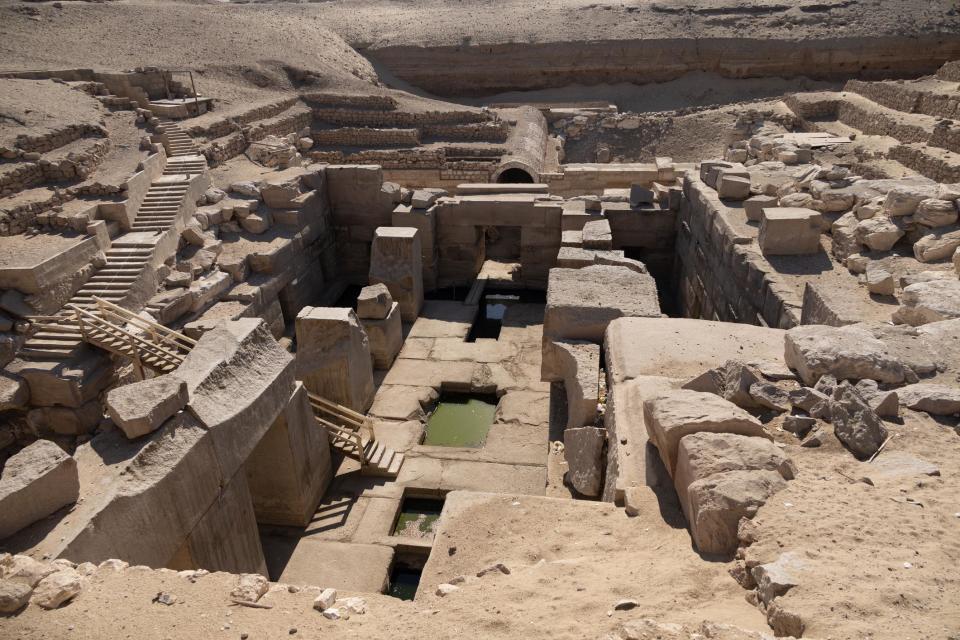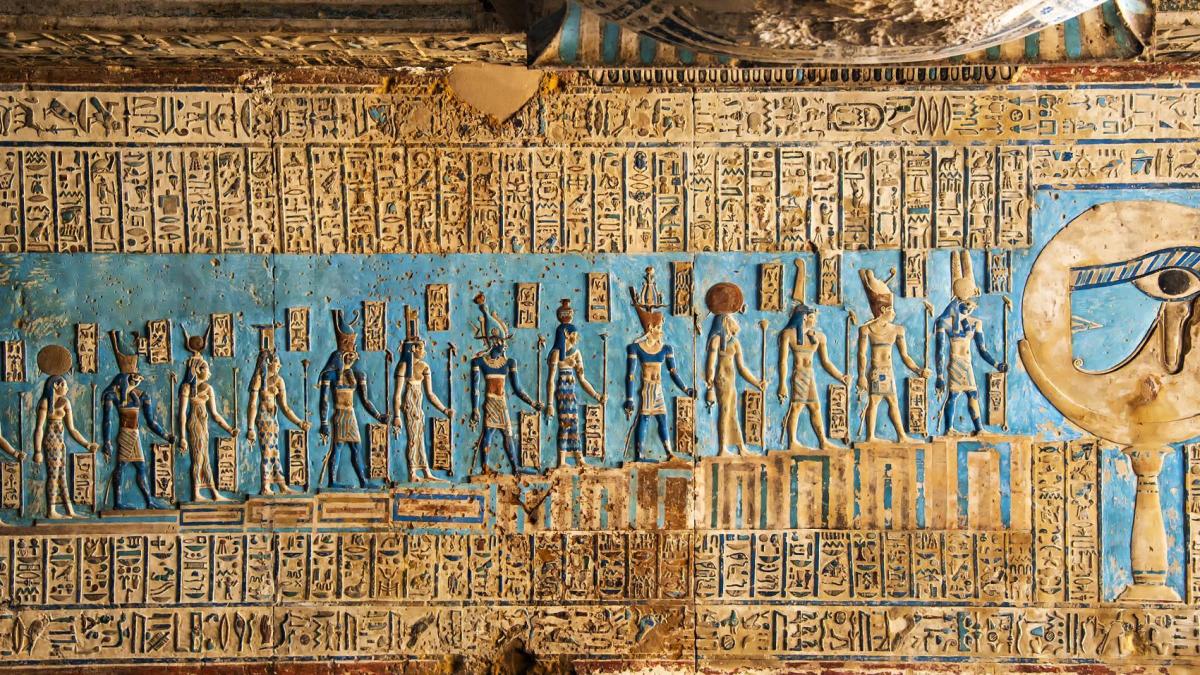
Humanity’s relationship with measuring time began before the first written word appeared. That is why it is difficult for us to investigate the origin of many units of time.
It is easy to assume that because some of the units derived from astronomical phenomena are easy to interpret, they have been used independently by many different cultures around the world.
This is the case of the apparent motions of the sun in relation to the earth, to measure the duration of a day or a year. The months are measured according to the phases of the moon.
However, there are some measurements of time that are not clearly related to any astronomical phenomenon. Two examples are the week and the hour.
One of the oldest written traditions, the Egyptian hieroglyphic texts, gives us new information about the origin of the clock. It appears to have originated in the region of North Africa and the Near East, and was adopted in Europe before spreading around the world in modern times.
time in ancient Egypt
The Pyramid Texts, written before 2400 BC. AD, are the first writings of ancient Egypt. In them the word is included winwt (roughly pronounced “wenut”), with an association with the hieroglyph for the star. From this it follows winwt relating to the night.
To understand why the word winwt Translating as “hour”, you have to travel to the city of Assiut. There, inside the rectangular wooden covers of coffins from 2000 BC. C. is sometimes decorated with an astronomical table.

This table contains columns representing 10-day periods of the year. The Egyptian civil calendar consisted of 12 months, each with three “weeks” of 10 days, followed by five days of festivals.
In each column 12 star names are listed, making up 12 rows. The entire table represents changes in the starry sky over the course of an entire year, similar to a modern star map.
Well, these 12 stars are the first orderly division of the night into 12 time zones, each of which is ruled by a star. However, the floor winwt They don’t seem to be related to these star tables for coffins.
It was not until 1210 AD. AD, in the New Kingdom – the period of ancient Egypt between the sixteenth and eleventh centuries BC. C. -, which makes explicit Correlate the number of rows with the word winwt.
Astronomical instructions
temple Osireion Abydos, contains a wealth of astronomical information, including instructions on how to operate a sundial and text describing the motions of the stars. It also has a coffin-like star table where the 12 rows are uniquely marked with the word winwt.
In the New Kingdom there was 12 winwt Lilly as well as 12 winwt day, both of them measure time clearly. In them the idea of time is almost in its modern form were it not for two things.
First of all, although there are 12 hours in the day and 12 hours in the night, they are always expressed separately, not together in a 24-hour day.
Daylight was measured using sun shadows, while The night hours were mainly measured in stars. This could only be done when the sun and stars were visible, respectively, and there were two periods around sunrise and sunset that did not contain any hours.
secondly , winwt The New Kingdom and our modern era differ in length. Sundials and water wheels show very clearly that longitude winwt It varied throughout the year: long night hours around the winter solstice, and long daylight hours around the summer solstice.
To answer the question of where the number 12 comes from, we have to find out Why was 12 stars chosen? for 10 days.
There is no doubt that this choice is the true asset of the watch. Was 12 just a convenient number? Possibly, but the origin of the star tables in the Sarcophagus suggests another possibility.

Star timing
The ancient Egyptians chose to use the bright star Sirius as a model, and chose other stars based on their behavioral similarities to Sirius.
The main point seems to be that the stars they used as a chronometer He disappeared 70 days a yearjust like Sirius, even if the other stars are not as bright.
According to the Osireion star text, a Sirius-like star disappears and reappears every 10 days throughout the year.
Depending on the time of year, between 10 and 14 of these stars can be seen each night. If they are recorded at intervals of 10 days throughout the year, we get A table very similar to the coffin stars table.
Around 2000 BC. Jim, the representation became more schematic than precise and a table with 12 rows appeared, giving rise to the coffin tables that we can see in museums in Egypt and elsewhere.
Therefore, it is possible that choosing 12 as the number of hours for the night—and finally 24 as the total number of hours from noon until the next noon—is Related to choosing a 10-day week.
Thus, the origins of our modern era lie in a set of decisions made more than 4,000 years ago.
* Robert Cockcroft is Associate Professor of Physics and Astronomy, and Sarah Simmons Professor of Interdisciplinary Science, both at McMaster University.
You may also be interested in | on video
Viva Mexico: A motorcyclist invades the metrobus lane and blocks the passage of an ambulance.

“Music buff. Social media lover. Web specialist. Analyst. Organizer. Travel trailblazer.”

:quality(85)/cloudfront-us-east-1.images.arcpublishing.com/infobae/TEQF6EONZRFGLLLDIDD4L2O4EE.jpg)

:quality(75)/cloudfront-us-east-1.images.arcpublishing.com/elcomercio/XU32LRAEZFDDPNVHLFU3CKVBYY.jpg)



More Stories
Sheinbaum, Galvez, Mainz campaign wrap-up, news and more
Sheinbaum and Mainz’s CDMX campaign wraps up: Road Alternatives and Street Closures
Ortega attacks Humberto Ortega and declares him a “traitor to the country”